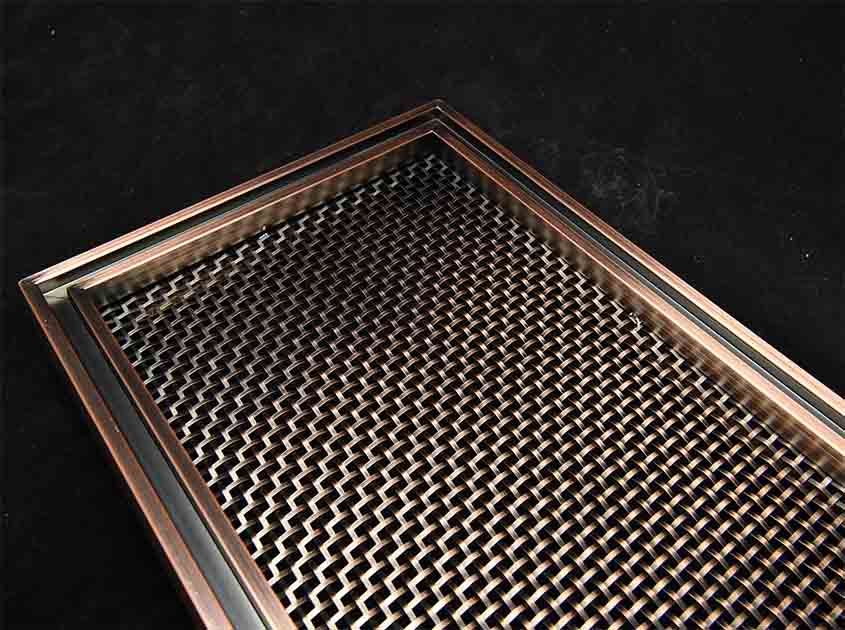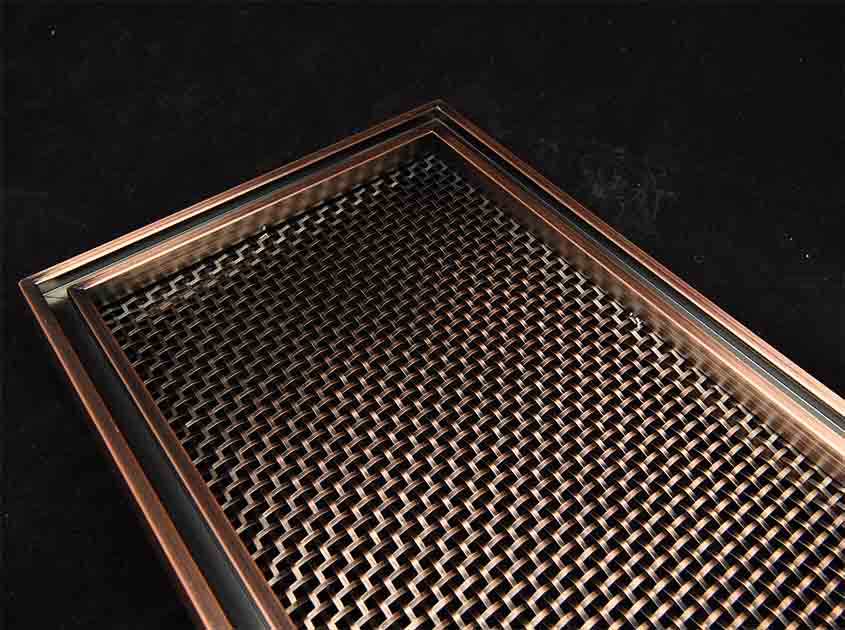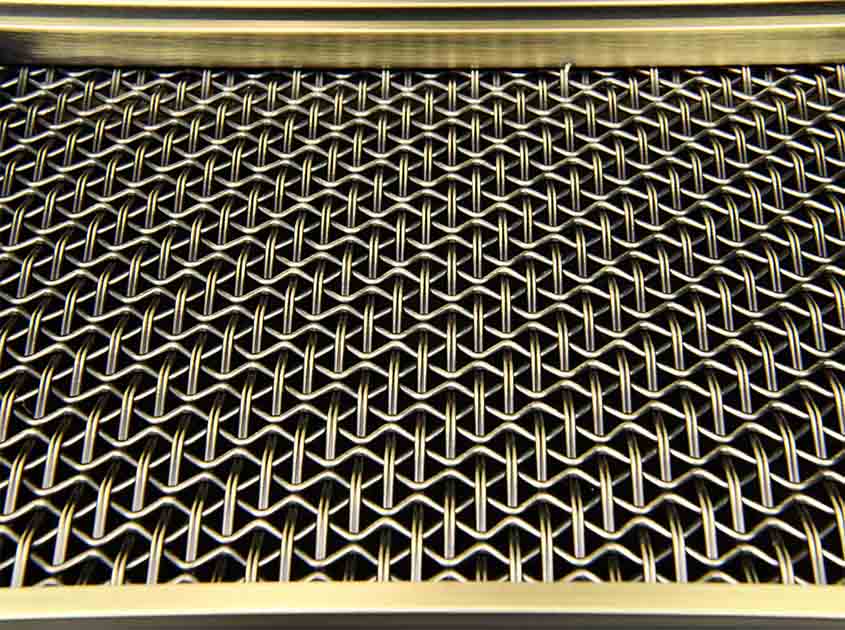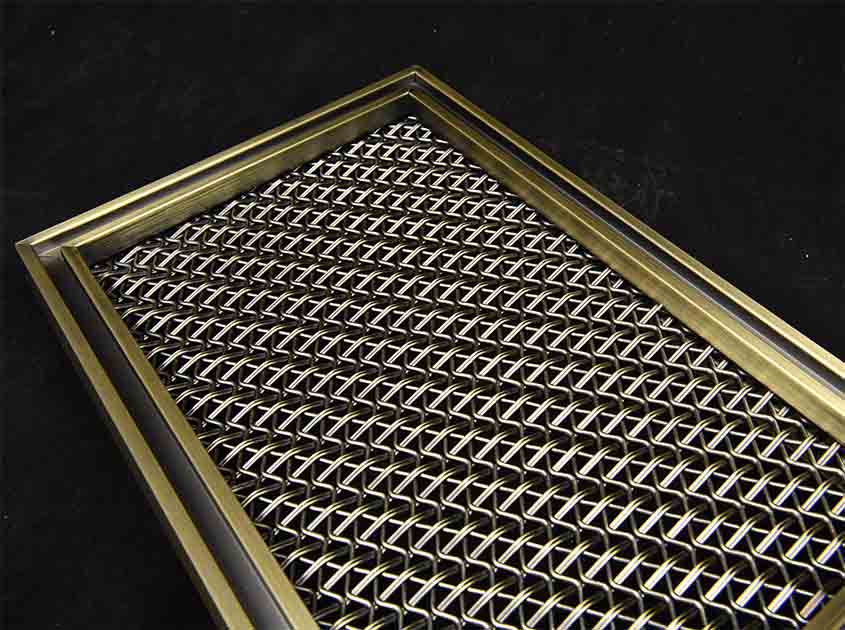Introduction:
One such material that has gained significant attention is Architectural woven mesh. With its unique properties and design versatility, woven mesh has the potential to revolutionize the way we approach architectural structures. In this article, we will explore the architectural potential of woven mesh and how it can be harnessed to create striking and functional structures that captivate the imagination.

Lightweight Construction:
One of the remarkable features of woven mesh is its lightweight nature. Compared to traditional building materials, such as concrete or steel, woven mesh offers a significant reduction in weight. This characteristic allows for the construction of large-scale structures without placing excessive loads on the foundation. By utilizing woven mesh as a primary or secondary structural element, architects can create visually stunning structures that appear to defy gravity.

Visual Transparency and Light Play:
Woven mesh possesses a unique quality of visual transparency. Its open weave structure allows for the passage of light, creating intriguing patterns of light and shadow within the structure. This play of light adds depth and texture to the architectural form, creating a dynamic and visually captivating experience. Whether used in facades, partitions, or canopies, woven mesh introduces an element of intrigue and aesthetic appeal.

Flexibility and Adaptability:
The flexibility and adaptability of woven mesh make it an ideal material for creating structures with complex geometries. Unlike rigid materials, woven mesh can be easily manipulated and shaped to fit a variety of architectural forms. It can be stretched, twisted, or folded to achieve desired curves and contours, offering endless design possibilities. This flexibility allows architects to create structures that are not only visually striking but also tailored to specific functional requirements.

Structural Stability and Strength:
While woven mesh may appear delicate, it possesses remarkable structural stability and strength. The interlocking of wires within the mesh creates a robust framework that can withstand significant loads. When properly engineered and installed, woven mesh can provide stability, support, and even earthquake resistance in architectural structures. This combination of strength and flexibility makes it an ideal choice for creating lightweight yet structurally sound buildings.

Sustainable Construction:
In an era of increasing environmental consciousness, woven mesh offers sustainable construction solutions. Its lightweight nature reduces material consumption and transportation energy, resulting in a smaller carbon footprint. Additionally, the open weave structure allows for natural ventilation and the incorporation of sustainable technologies such as green walls or solar panels. Woven mesh can also be fabricated from recycled materials, further enhancing its eco-friendly credentials.
pre:Creating Light and Airy Spaces with Architectural Woven Mesh
© 2025 Joinwin Architectural Wire. All Rights Reserved. | Sitemap
Recommended Read
Unique architectural metal decorative mesh adds charm to your project
Architectural woven mesh is a type of material that is widely used in exterior and interior design.